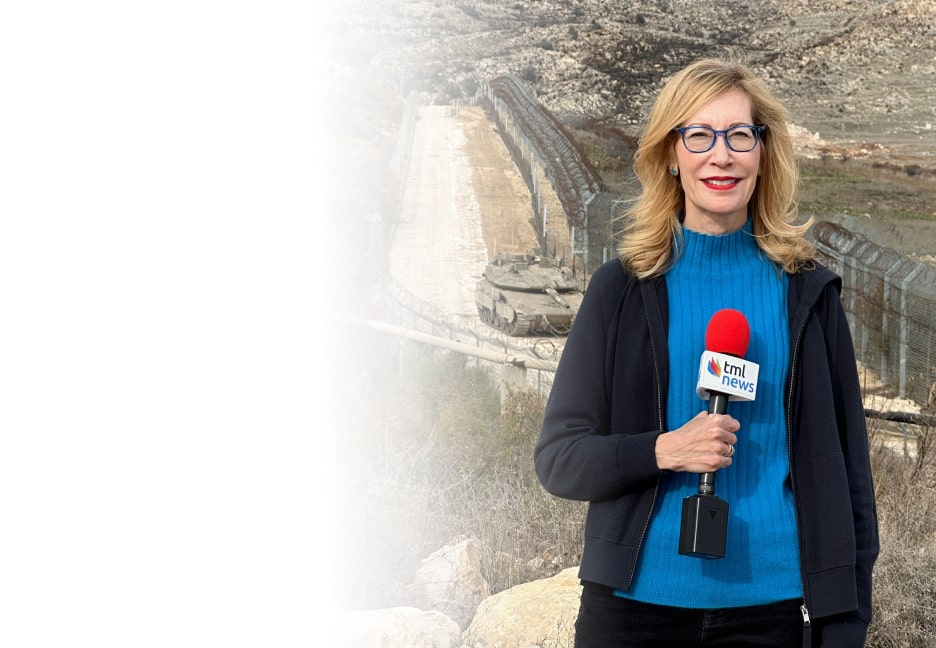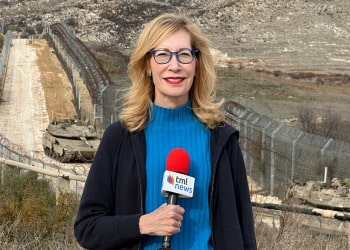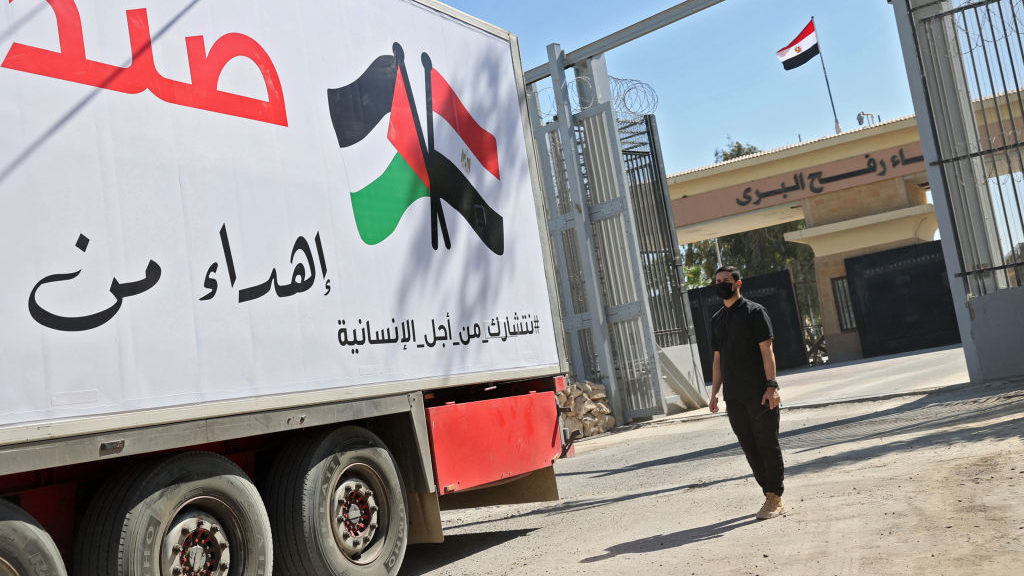Israel Likely to Toughen Inspection at Gaza Border to Stop Hamas Rearmament
Escalation will come ‘sooner rather than later’ as Hamas will refuse to accept the new limitations as part of a broader cease-fire agreement, experts estimate
At 2 am on Friday quiet returned to Israel’s cities and to the Gaza Strip as the cease-fire between Hamas and Israel took effect. The Egyptian-mediated end to hostilities came after 11 days of fighting and, so far, both sides are adhering to the agreement.
Hostilities broke out on May 10 after Hamas fired seven long-range rockets at Jerusalem, on the heels of clashes between Israel Police officers and Palestinians in the city, and after a month of rising tensions. Israel retaliated with aerial attacks. Over the next 11 days, some 4,360 rockets were fired at Israel by Hamas and the Palestinian Islamic Jihad at civilian communities and cities from the border as far as Tel Aviv, and Israel carried out approximately 1,500 strikes against “terror targets,” according to the Israel Defense Forces. Eleven civilians, including three foreign workers, and one soldier were killed in Israel. In Gaza, 248 Palestinians lost their lives, including 66 children, according to the Hamas-affiliated Health Ministry. The IDF says that more than 200 Palestinian combatants were killed in the air strikes.
On Thursday, Egyptian efforts, supported by the US, were finally able to convince the sides to agree to hold their fire. Hamas claimed to have secured Israeli assurances with regard to its presence in the Aqsa compound as well as the eviction of Palestinian families in Sheikh Jarrah. Israel promptly denied that there were any terms to the cease-fire. At present, both sides have agreed to an unconditional cease-fire, and eyes are now directed toward a possible long-term settlement.
“The difference between the cease-fire reached this time compared to previous times is that there was a decision to cease the fire without conditions,” Boaz Ganor, founder and executive director of the International Institute for Counter-Terrorism at IDC Herzliya, told The Media Line.
Ganor explains that Hamas agreed to the cease-fire because “the Israeli military strikes this time were much more effective than previous times,” specifically the damage inflicted on the organization’s underground system of offensive tunnels in Gaza, and on its rocket launchers. Israel’s military has claimed that it dealt a significant blow to Hamas’ infrastructure. The expert further adds that Hamas had likely miscalculated what would be the scale of Israel’s response to its attack on Jerusalem, and so was not prepared for the destructive retaliation it received.
The difference between the cease-fire reached this time compared to previous times is that there was a decision to cease the fire without conditions
This holiday season, give to:
Truth and understanding
The Media Line's intrepid correspondents are in Israel, Gaza, Lebanon, Syria and Pakistan providing first-person reporting.
They all said they cover it.
We see it.
We report with just one agenda: the truth.
Please support TML's boots on the ground.Donate

Maj. Gen. (res.) Gershon Hacohen, a senior research fellow at the Begin-Sadat Center for Strategic Studies, agrees. Hamas “had to bring the [hostilities] to a conclusion because they couldn’t find a way to deal with the IDF’s offensive capabilities,” he told The Media Line.
Egyptian President Abdel Fattah al-Sisi pledged $500 million for the reconstruction of Gaza, but both experts say that this was not instrumental in bringing Hamas to lay down its weapons. Further, Ganor notes that “based on previous experience, there’s a huge difference between an offer like that and practical materialization” of the promised aid. Further, if the money does appear, it will more likely be “resources coming from Gulf countries and other countries,” which Egypt will allocate.
If there is a wider settlement, Israel is expected to demand guarantees that supplies and funds entering Gaza for reconstruction purposes and as humanitarian aid will not be diverted by Hamas for military purposes. According to Israeli analysts, Hamas uses medical equipment, fertilizer and building supplies – just a partial list – to build its offensive infrastructure and to manufacture armaments. Ganor says that as much as a third of the supplies and funds entering Gaza are confiscated by Hamas for its use, according to some estimates.
Israel and Egypt have both placed limits on the entrance of goods and people to the Strip to counter Hamas’ efforts to arm itself, but the organization has managed to improve its capabilities and manufacture its own rockets despite this, as evinced by the thousands of rockets fired during the recent conflagration.
It is unclear whether Israel will agree to a longer settlement since past agreements have failed to stop Hamas from rebuilding its stock of rockets and improving the weapons at its disposal. Ganor says that the Israeli government is determined to increase its efforts and guarantees against Hamas’ constant efforts to strengthen its military might. This will include a tightening of Israel’s supervision on what enters Gaza and how it is later used. For the sake of this effort, Ganor counsels against a settlement, as its conditions would limit Israel’s options to act against Hamas. Without a wide agreement, “Israel can now make its decision case by case, deployment by deployment, material by material,” he says
He further advises that international involvement and procedures surrounding foreign-supplied materials be changed to make sure, once again, that they are used as intended: for reconstruction of civilian infrastructure and humanitarian relief.
At the same time, Ganor explains, Hamas is likely to be angered by this tightening of restrictions.
“As much as Israel would try to change the rules of the game, the chances to renew the clashes and the rockets campaign against Israel are higher, because they would try to challenge the new Israeli policy and to see if Israel really means business. … It would take a lot of effort and probably another at least one round to make it clear to them that Israel is not just saying that they’re changing the policy, but that they mean business,” he says. Only then will these efforts lead to quiet for both Israelis in Hamas’ range, and Gazans under the organization’s rule.
Hacohen, however, describes effectively stopping materials that can and will be repurposed for military use from entering Gaza as difficult in the extreme. Everything from cement to fertilizer to cellphones can be used by Hamas to rearm and “practically, there’s no way to give humanitarian aid without supplying materials that can be used as ingredients in self-manufactured arms,” he said.
Ultimately, Hamas “will manage to find ways to grow stronger… and that will lead to another round,” he says.

